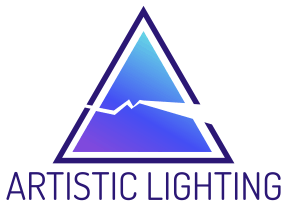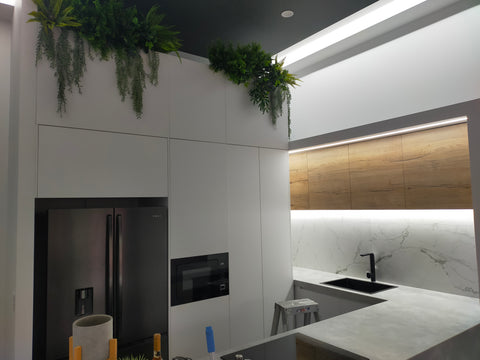Lighting design is simply the strategic installation of lighting in a space. While this definition appears simple, there are actually numerous factors that come to play when it comes to lighting spaces, such as the type of space (home, business space, open field, etc.), the people who will utilize the space, what the owners of the space want to communicate or how they want the space to feel, how energy-efficient the owners want to be, and the restrictions in place, such as budget, energy codes, etc.
In this context, good lighting is relative to the primary users of the space. But what are the key principles of good lighting that are present across spatial differences? These are technical efficiency and aesthetics.
Technical efficiency refers to the delivery of lighting based on the desired light requirement of the space or of the owners. For instance, communal spaces at home, such as the living room and the dining room, need to be well-lit for the visual accessibility of their users. On the other hand, while bedrooms also need to be well-lit, some owners prefer dim lighting to create a rest-conducive space.
Study rooms and work environments require a more strategic lighting placement to ensure equal distribution of soft illumination to avoid eye strain. Museum lights often use targeted lighting, which is both practical and dramatic. Targeted lighting highlights specific objects to create a central visual reference and it also allows these spaces to save energy by strategically placing lights where they are much needed. Moreover, spaces typically used during the day and only seldom at night can harness natural lighting to be likewise cost-efficient.
Furthermore, colour psychology also plays a major role in lighting designs and efficiency. Well-lit white spaces induce a cold feeling around a space. Additionally, offices avoid warm white fluorescent lighting as these create a warm and cozy environment in a supposedly alert and busy space.
Meanwhile, lighting design also considers aesthetics as one of its fundamental factors. This is particularly true for spaces that work with internal designers. Lighting helps create a desired atmosphere and lighting colour, placement, and fixture types all contribute to achieving this goal. For instance, theme-centric spaces, such as bars and cafes, employ the use of lighting to create their desired vibe of the place.


